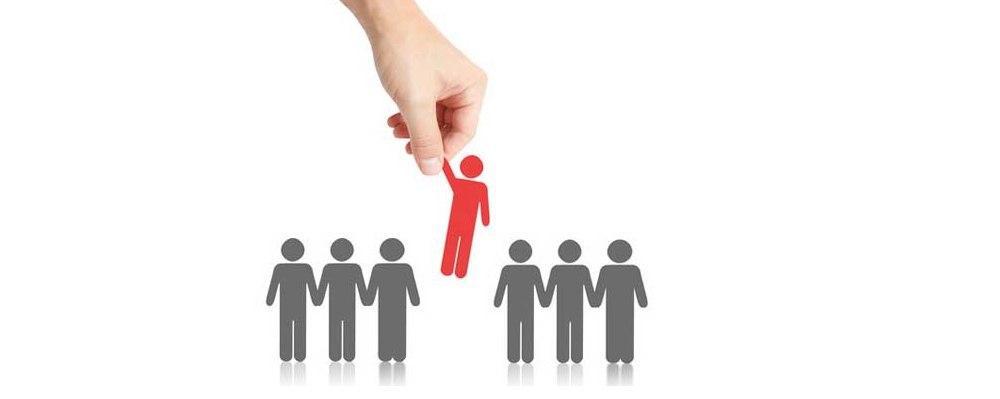
Researchers carried out studies on the origin of the word “Exclusion” in France in the 1970s, applied to different groups of people who had been excluded and dejected by government support. Been labeled as the people owning social issues, also being unassisted by social insurance especially young, old, disabled, and single parents. After the economic crisis of the 1980s as well as the National Cooperation Act, the concept of social exclusion became more widely used, a term used by unskilled young and old workers who were unemployed due to oil shocks and industrialization.
Based on the preliminary definition, the concept of “Exclusion” is synonymous with poverty and the situation of people who cannot join the labor market or have low wages. Nevertheless, broadly exclusion is defined ranging from poverty, income inequality, deprivation or unemployment. Referring to social dejection, a multitude of social groups are at risk. The women and the youth are more vulnerable to be rejected. Besides, having rejecting factors such as gender, age, ethnicity, race, and alike simultaneously could arise the probability of exclusion in such groups.
Due to the UNICEF report, the social exclusion basis is pertinent to age as well as gender factors, applying for underage and deprived girls in terms of access to social services, basic & civil rights, and child rights. Accordingly, young women and girls are often considered in high-risk groups in the field of social exclusion owning two characteristics: 1. being a woman 2.being young.
Amartya Sen has introduced a novel notion of “capability”, applying it into the field of deprivation, so defined “capable exclusion” based on it. According to age, capability means what people are capable of doing. To illustrate, a disabled one is more preferable than a normal one with an equal income, as he or she suffers from a disability rather than an income deprivation. Exclusion also has the potential to lead one to other deprivations and to limit one’s opportunities in life. To illustrate, being excluded from a job position can lead to poor economic conditions and other deprivations such as homelessness and malnutrition.
Thus, the concept of social exclusion is a new and comprehensive model for understanding the social nature of tendency and dependency on drugs. This concept includes chronic poverty, deprivation, and structural discrimination, as well as both individual, social factors, considered in traditional patterns of addiction analysis. Nevertheless, researchers have considered their interactive effects and outcomes as a model of social exclusion.
Social exclusion is not a condition that is achieved instantly; however, it is the result of a process beginning with somehow marginalization, gradually leading to complete social exclusion. According to studies, most addicts are deprived and socially excluded members. Besides, a significant proportion of those seeking treatment for addiction, exclusion, and deprivation are essential factors in the onset of addiction and its treatment, especially in women. As a result of identity disorders, the person seeks an alternative identity, joining peer groups that are misusing drugs. Ultimately, addiction is the outcome. The young people choose to express their identities and relationships with themselves and their community possessing three characteristics of leisure pattern, peer group, and behavioral style.
To illustrate, a youngster’s delinquencies agrees with addiction, meaning a pattern of leisure, peer communication, and behavioral style accepting addictive behaviors and norms, it can be a source of discrimination and exclusion by individuals from family and social backgrounds. Generally, youth delinquencies pose three criteria: first, focusing on leisure instead of work. Secondly, the organization of youth subcultures around age groups and its collective manifestation. Third, behavioral style. In the youth subculture that agrees with addiction, each of the above three characteristics is considered to be associated with addiction.
Social exclusion is a variable resulting in mental deprivation of those whose deprivation is relatively high and those experienced significant loss during their lifetime. Due to belonging to a particular group or exclusion, they deemed themselves as different from members of society, in an inferior position, feeling marginalized. Thus, it prevents them from valuing themselves, their surroundings, and their life. Following the compensation of identity loss, they become addicted to the ability to control and care for themselves against environmental and social risks.
 Cudras
Cudras





